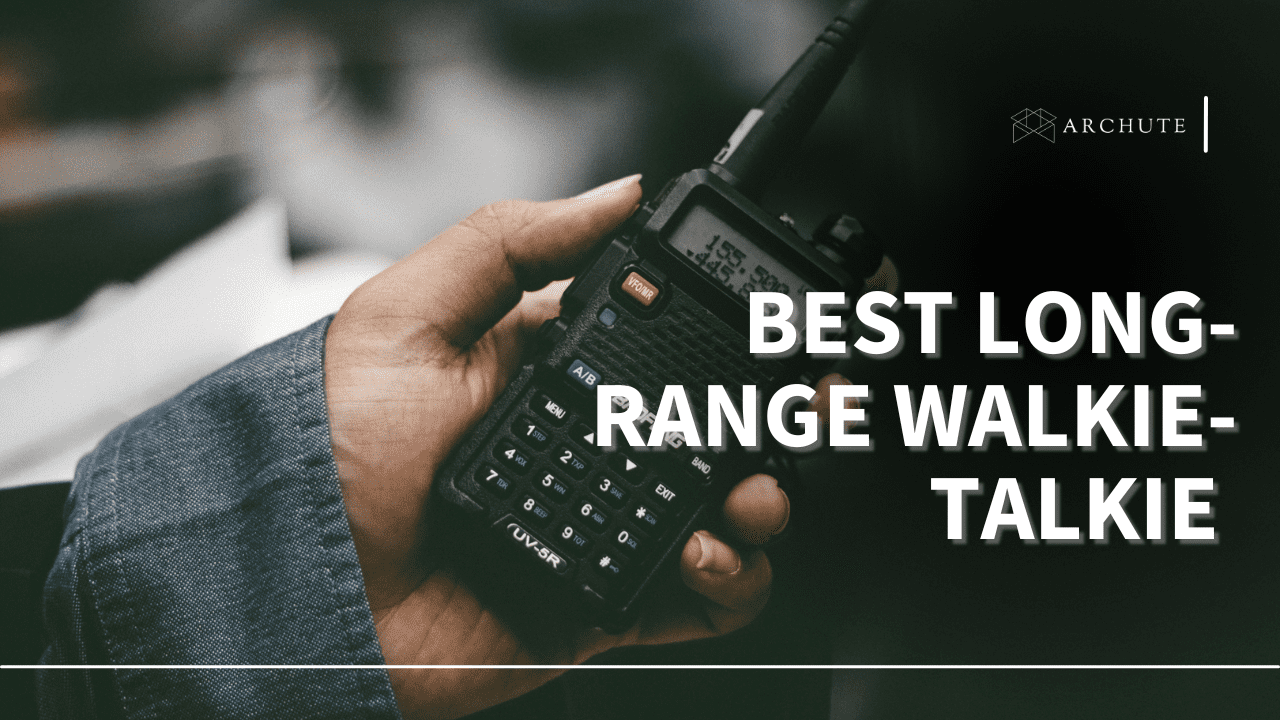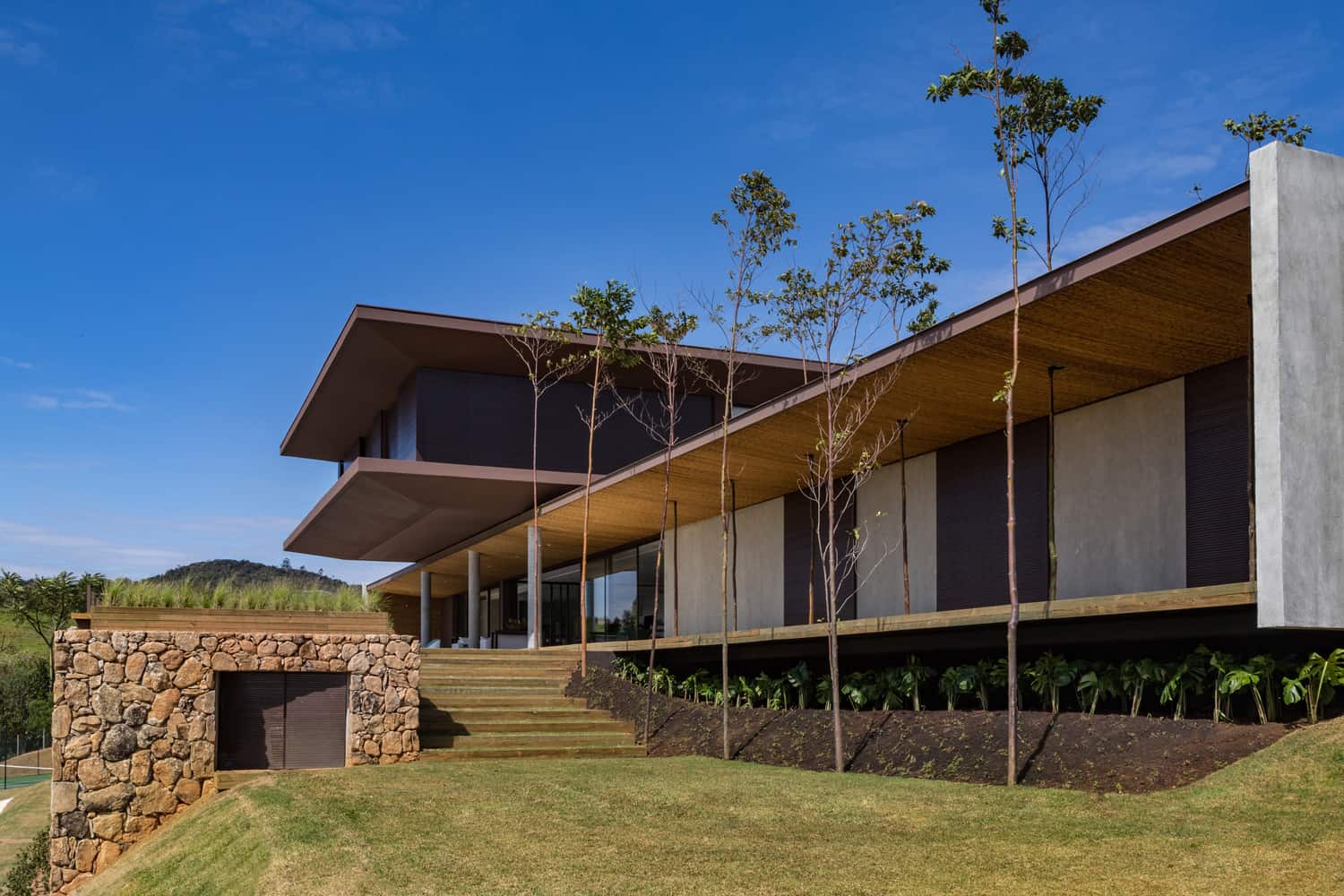Duke University Medical Center desired a layout that could link the three structures on the premises while providing a spectacular welcome to patients and visitors. Perkins + Will came up with a design that uses bamboo planters to highlight the shape of each distinct area, mirroring the soaring height of the surrounding buildings.
A canopy has been created to direct rainwater on the south end of the plaza to direct water into a special band that infiltrates the drainage system. All mechanical equipment, including large emergency generators, is concealed underneath the ground, which creates a space of beauty free from unnecessary distractions. Perkins + Will says the pavilion is now targeting LEED Gold Certification.
An elevated garden was also integrated into the plan to create a tranquil waiting zone on the hospital's third floor. Most of the garden plants include healing herbs to fit into context with the hospital's ideologies.
To uniformly integrate the garden with the hospital, seasonal color was applied to create moments of natural calmness within the busy hospital surroundings.
Project Information Architect: Perkins + Will Location: Durham, North Carolina Completion: 2013 Size: 20,000 square feet LEED Gold Certification Awards: The Landscape Architecture Awards for Healthcare Environments, Bronze Award, 2013">exterior space with a new elevated plaza to compliment the site's location surrounded by three buildings.
The elegant space was designed to provide spaces for gathering and short periods of relief from unrest outside the hospital walls. The architect's mission was to provide a space that calms the patients and visitors through proper color selection and simplicity in form and material choice.
To have a focal point in the space, the architects installed a Japanese Maple tree on one side of the ellipse-shaped precast wall. To make use of the ellipse space, more gathering space has been created within the ellipse, accompanied by furniture to welcome people who may want to have informal meetings within the hospital.
The space is also used as an outdoor diner. Giant bamboo planters have been used to accentuate each particular space's outline while reflecting the buildings' verticality.
A canopy has been created to direct rainwater on the south end of the plaza to direct water into a special band that infiltrates the drainage system. All mechanical equipment, including large emergency generators, is concealed underneath the ground, which creates a space of beauty free from unnecessary distractions. Perkins + Will says the pavilion is now targeting LEED Gold Certification.
An elevated garden was also integrated into the plan to create a tranquil waiting zone on the hospital's third floor. Most of the garden plants include healing herbs to fit into context with the hospital's ideologies. To uniformly integrate the garden with the hospital, seasonal color was applied to create moments of natural calmness within the busy hospital surroundings.
Unlock the potential of sustainable design by exploring this extraordinary LEED Gold Certified project: LEED Gold Residences For Miami Design District By Studio Gang Architects.
Project Information
Architect:
Perkins + Will
Location:
Durham, North Carolina
Completion: 2013
Size: 20,000 square feet LEED Gold Certification
Awards:
The Landscape Architecture Awards for Healthcare Environments, Bronze Award, 2013














